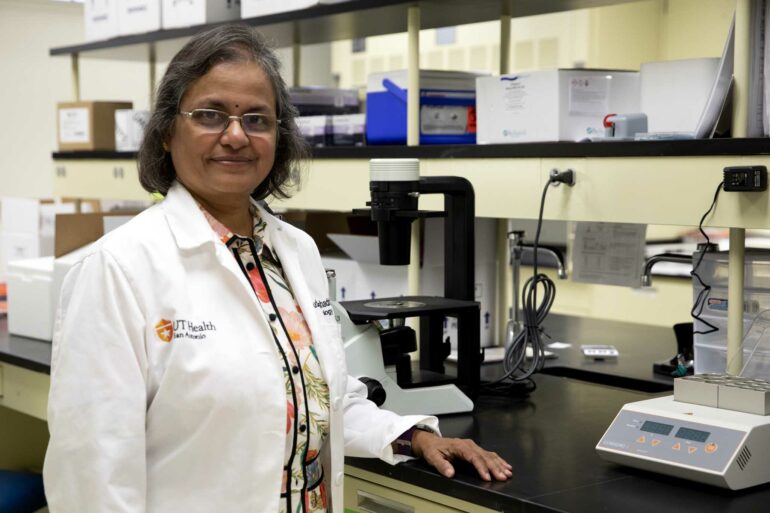A man in a lab coat bends under a dim light, his strained eyes riveted onto a microscope. He’s powered only by caffeine and anticipation.
This solitary scientist will stay on task until he unveils the truth about the cause of the dangerous disease quickly spreading through his vulnerable city. Time is short, the stakes are high, and only he can save everyone. …
That kind of romanticized picture of science was standard for a long time. But it’s as far from actual scientific practice as a movie’s choreographed martial arts battle is from a real fistfight.
For most of the 20th century, philosophers of science like me maintained somewhat idealistic claims about what good science looks like. Over the past few decades, however, many of us have revised our views to better mirror actual scientific practice.
An update on what to expect from actual science is overdue. I often worry that when the public holds science to unrealistic standards, any scientific claim failing to live up to them arouses suspicion. While public trust is globally strong and has been for decades, it has been eroding. In November 2023, Americans’ trust in scientists was 14 points lower than it had been just prior to the COVID-19 pandemic, with its flurry of confusing and sometimes contradictory science-related messages.
When people’s expectations are not met about how science works, they may blame scientists. But modifying our expectations might be more useful. Here are three updates I think can help people better understand how science actually works. Hopefully, a better understanding of actual scientific practice will also shore up people’s trust in the process.
The many faces of scientific research
First, science is a complex endeavor involving multiple goals and associated activities.
Some scientists search for the causes underlying some observable effect, such as a decimated pine forest or the Earth’s global surface temperature increase.
Others may investigate the what rather than the why of things. For example, ecologists build models to estimate gray wolf abundance in Montana. Spotting predators is incredibly challenging. Counting all of them is impractical. Abundance models are neither complete nor 100% accurate – they offer estimates deemed good enough to set harvesting quotas. Perfect scientific models are just not in the cards.

It can be tough enough to find treatments that mitigate symptoms, let alone gain a complete understanding of a disorder.
FatCamera/E+ via Getty Images
Beyond the what and the why, scientists may focus on the how. For instance, the lives of people living with chronic illnesses can be improved by research on strategies for managing disease – to mitigate symptoms and improve function, even if the true causes of their disorders largely elude current medicine.
It’s understandable that some patients may grow frustrated or distrustful of medical providers unable to give clear…



